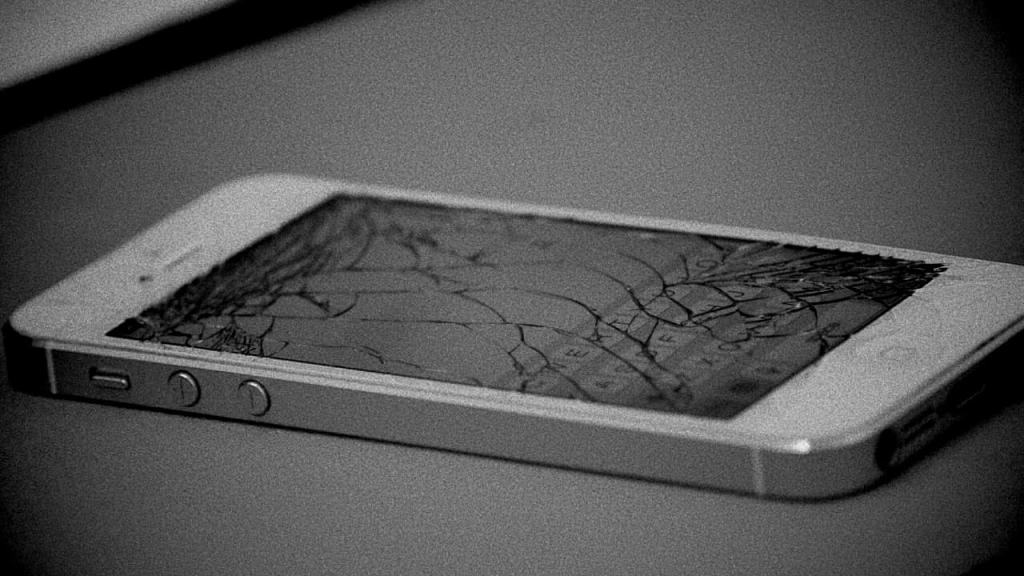As cost of living pressures bite and seasonal sales proliferate, it can be tempting to upgrade that old smartphone or laptop. But should you?
Entropy gets to us all, and your smartphone and laptop (or desktop if that’s more your style) are no exception to this. What was once new, shiny and probably nice-and-fast when you first got it is now old, dusty, maybe a little cracked around the edges.
Near simultaneously, you see a shiny flashy advert online wanting to sell you the LATEST MODEL FOR HUNDREDS OF DOLLARS OFF.
Bargain, right?
Maybe. Maybe not, because often those models sold at serious discounts aren’t actually the latest models, but last year’s iteration. Older stock they’re clearing out with a discount that often looks “better” than it really is, because the discount relates to the price when it was brand-spanking new. Typically not absolutely illegal under Australian law, but certainly a slightly nasty trick that I’ve seen more than one retailer pull… but that doesn’t mean those devices aren’t a good buy. If you don’t have to have the absolute latest and greatest phone or laptop, it can be a very smart move to get last year’s premium model, in fact.
However, just because you can and the sales deal looks tempting, that doesn’t mean that you should.
All of this is, honestly, inspired by the fact that before work today, I fired up my trusty (but somewhat ancient) gaming desktop PC in my home office… and it rather lacked in the “fire” element of firing up, refusing to boot.
I spent some fruitless time before work trying to revive it, but it looks like it’s only going to be good for some parts to go into a replacement machine.
At the same time, just recently, Apple added a whole host of devices including the 1st Gen iPhone SE to its “vintage” list of products. I don’t have an iPhone SE 1st Gen myself, but I’m sure plenty of Gizmodo Australia readers do, and you might reasonably feel that if it’s still ticking along nicely, there’s no reason to replace it. I’m also a very keen advocate for people using technology for as long as is practical, because it’s both financially prudent and environmentally sound.
So I’ve been thinking about the ways you should consider whether your old tech is now vintage and worthy of keeping around, or decrepit and only suitable for sensible e-waste recycling.
The business case: What does the ATO say?

If your laptop or phone is used for business purposes, you should consider the ATO’s guidelines around how quickly they can be depreciated for tax purposes. I should point out that I’m a tech journo and NOT an accountant, and this does not, strictly speaking, constitute financial advice. Always consult with a suitable financial consultant about your tax matters, and all that.
So what, more broadly speaking, does the ATO have to say about the decrepitude of technology?
Most computers, unless they cost under $300 will need to be depreciated over time, with the ATO’s general rulings pointing to a 4 year expected depreciation for desktops and a 2 year expected lifespan for laptops. Remember however that tax rules are complex and there are exclusions, and also that you can only claim this personally as long as you’re able to back up a work use for that system – and even then only for the proportion of its total use that is work-related.
What about smartphones? Again, you’ve got to be able to prove business use in the first place, but the general ATO ruling here is for a three year expected lifespan for a smartphone or feature phone.
In either case, there may be tax benefits to upgrading every 2-4 years depending on your equipment and needs… but again, even at a business level, it may be smarter to keep on keeping on if your laptop or phone is still suitable for the task.
The upgrade case: Is your device a security risk?

While in some cases an errant power surge or badly built capacitor can lead to the blue smoke escaping from your device, in other cases hardware can just keep on going fine for years or in some cases decades. Where I’m writing this from, I could reach out a hand and tap the side of an Atari 2600 that’s got more than 40 years on the clock, and also an original generation iPad that’s more than a decade old… and they still work OK, though the iPad’s battery life isn’t much to write home about now.
While the 2600 has a proud place in my retro gaming shelves (it’s a classic, and Ms Pac-Man 2600 is the best 8K of code ever written!), I’m not likely to do all that much important with the iPad.
Why?
Because it’s so grossly out of date in terms of software updates.
This isn’t entirely just a matter of inability to download new apps from the App Store, but more a question of keeping my personal data, work and financial data safe as well. New software releases are often far more security and bugfix related than they are obsessed with delivering new features, after all.
If your device can’t take new software or security updates – and especially if it’s been a few years since it could – you’re taking a real risk every time you go online with it.
The wear and tear case: Is your device worn out or dangerous?

It’s pretty rare for me not to see at least one phone that’s taken a nasty bump with a cracked screen when I’m out and about. That happens, we’re all human, but how can you tell if your device is just in need of a little TLC, or in fact it needs to go live on a farm somewhere where I’m sure it’ll be very happy?
This is a more relative matter, because it depends on the nature of the wear and tear, and the device itself.
Cracked screens are repairable – when was the last time you were in a shopping centre and there weren’t at least five places offering that service? – but it’s worth checking the relative cost of a repair and what you could get for that kind of money.
That phone that cost you $1,000 a few years back is maybe only worth $300 now, if that, so spending $300 on a screen repair might not be the smartest move – especially as what you can get in low and mid-range phones right now might actually be a more capable device. Self-repair is one option, though I’m still somewhat annoyed that several years later, there’s still no sign of Apple’s self-repair system for iPhones in Australia.
The classic way that you can pick wear and tear for most devices is battery life, and again you do need to weigh up the costs of battery replacement (if feasible and/or available) against getting an entirely new device… with one exception.
That exception is for smartphones or laptops or any other mobile device where it’s evident that a sealed battery has begun to warp or bulge.
That’s a sign of imminent battery failure, right there. If you’re in that situation, you not only should replace that device, but also you must stop using the device with the borked battery right away.
The risk just isn’t worth it; even if you can get that battery replaced, the nature of the pressure of that battery on the generally tightly-packed components in your typical laptop or smartphone can lead to other catastrophic failures.












